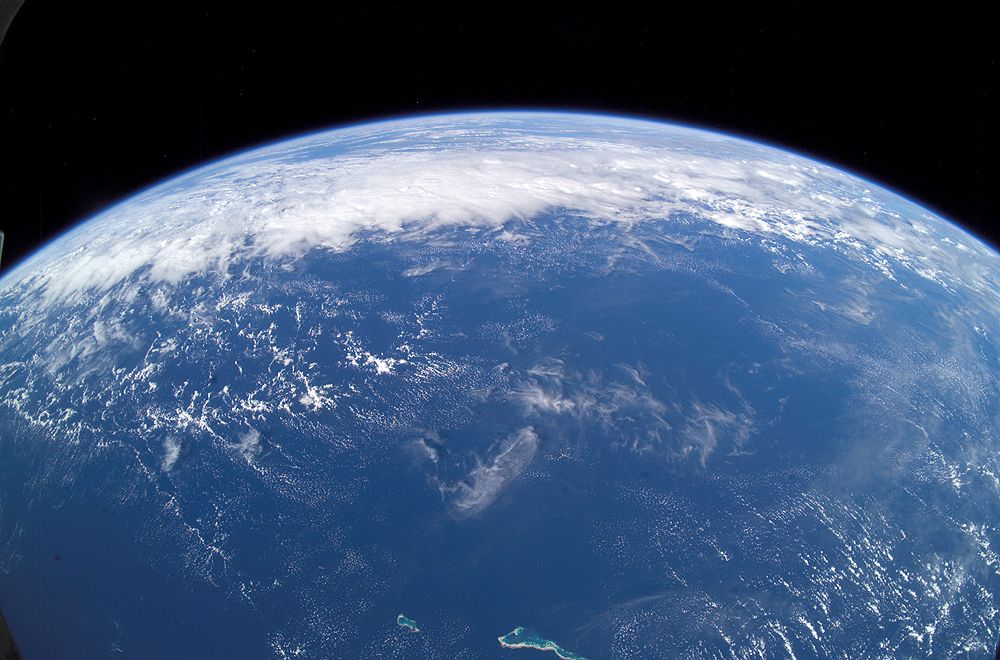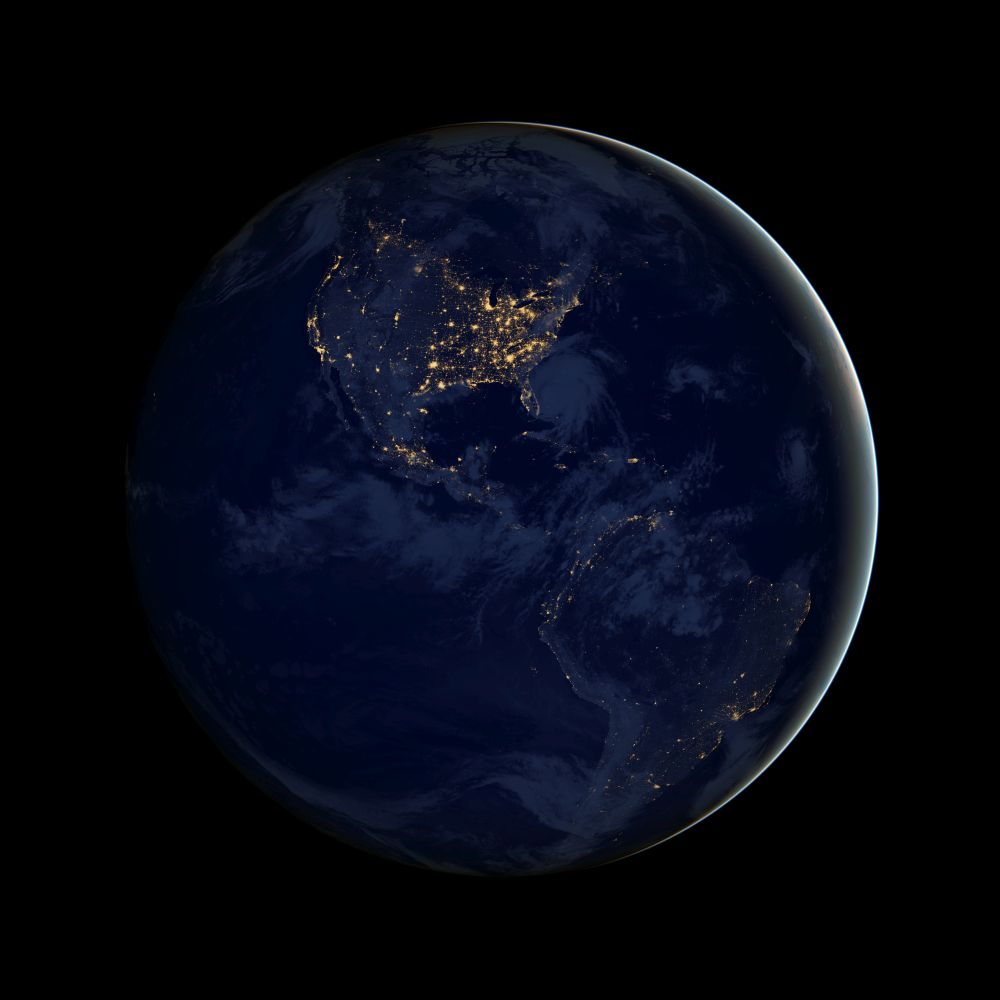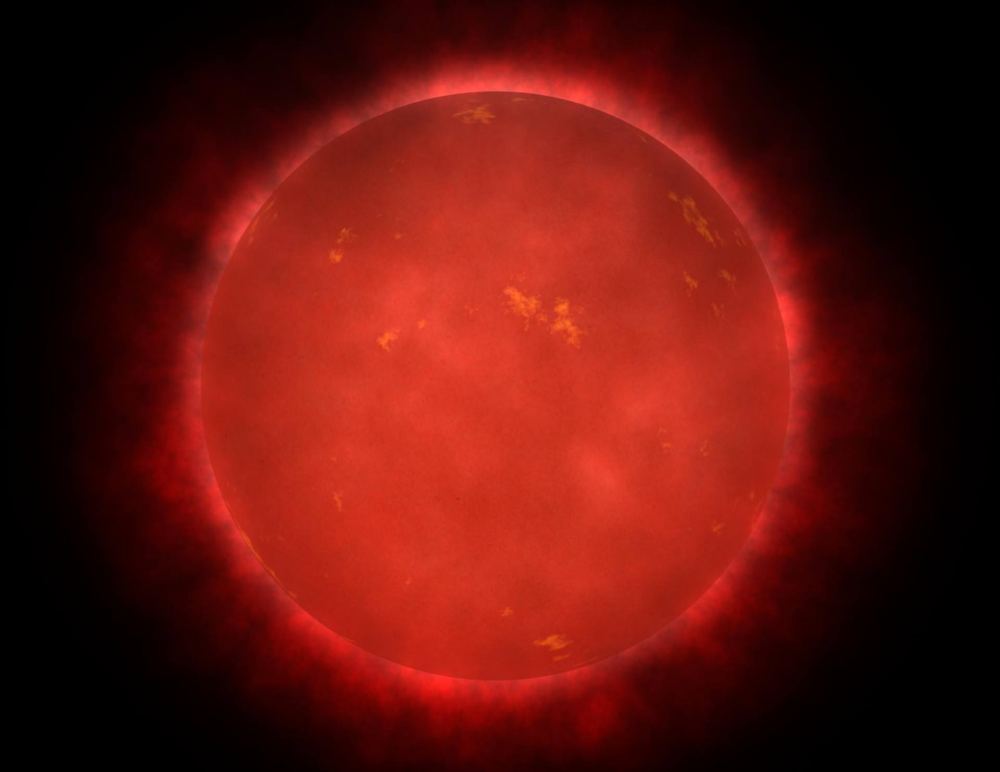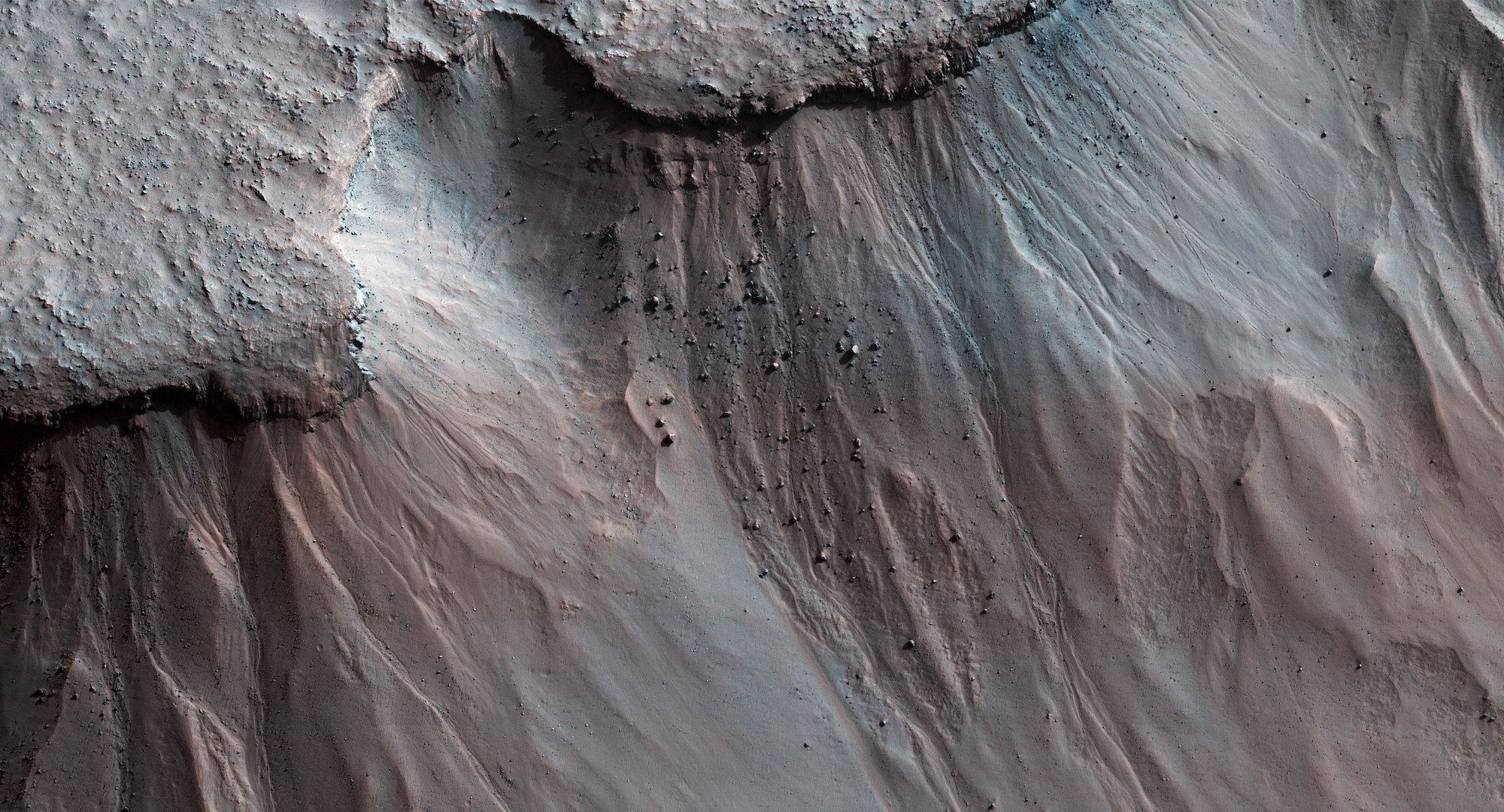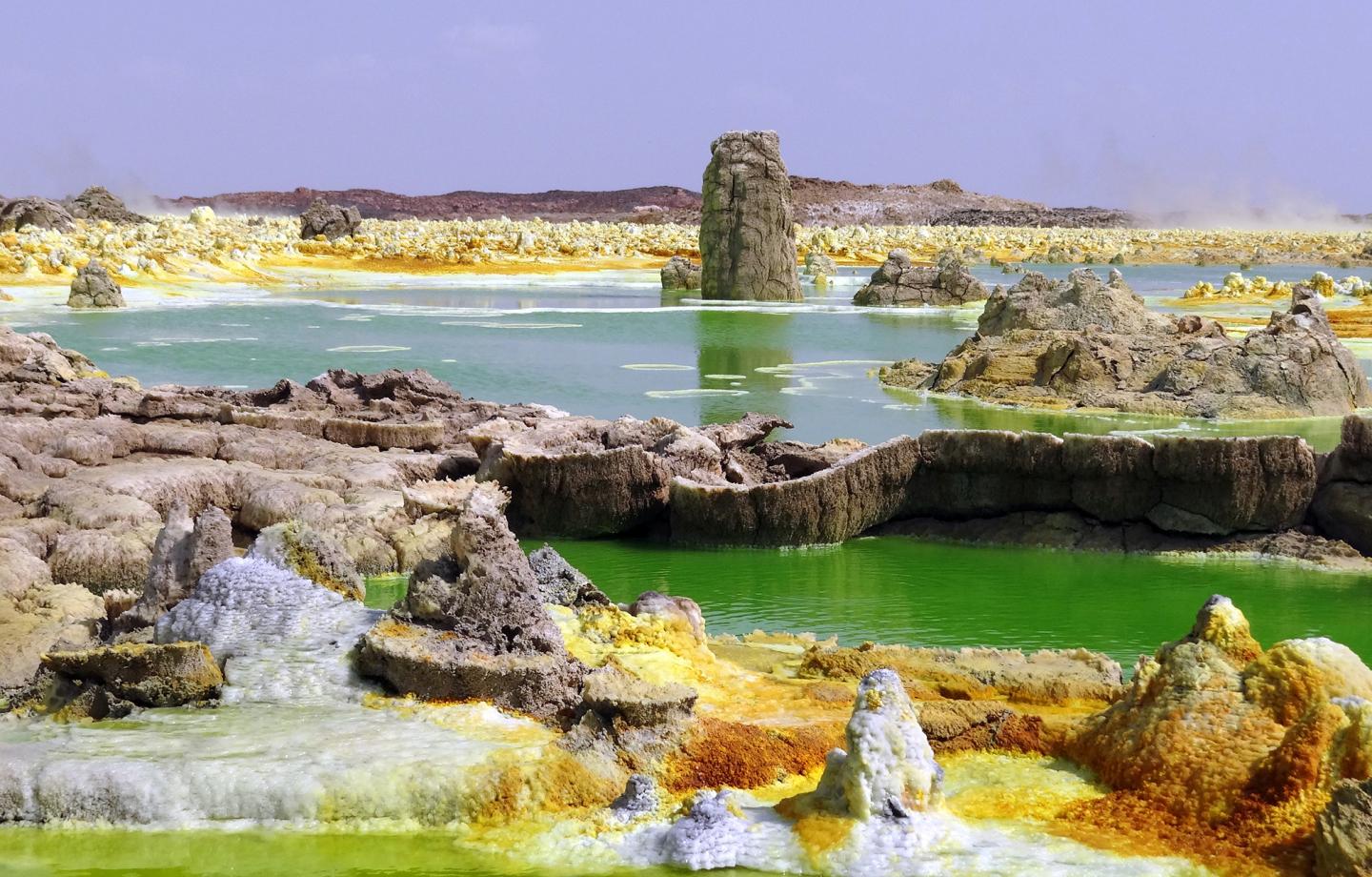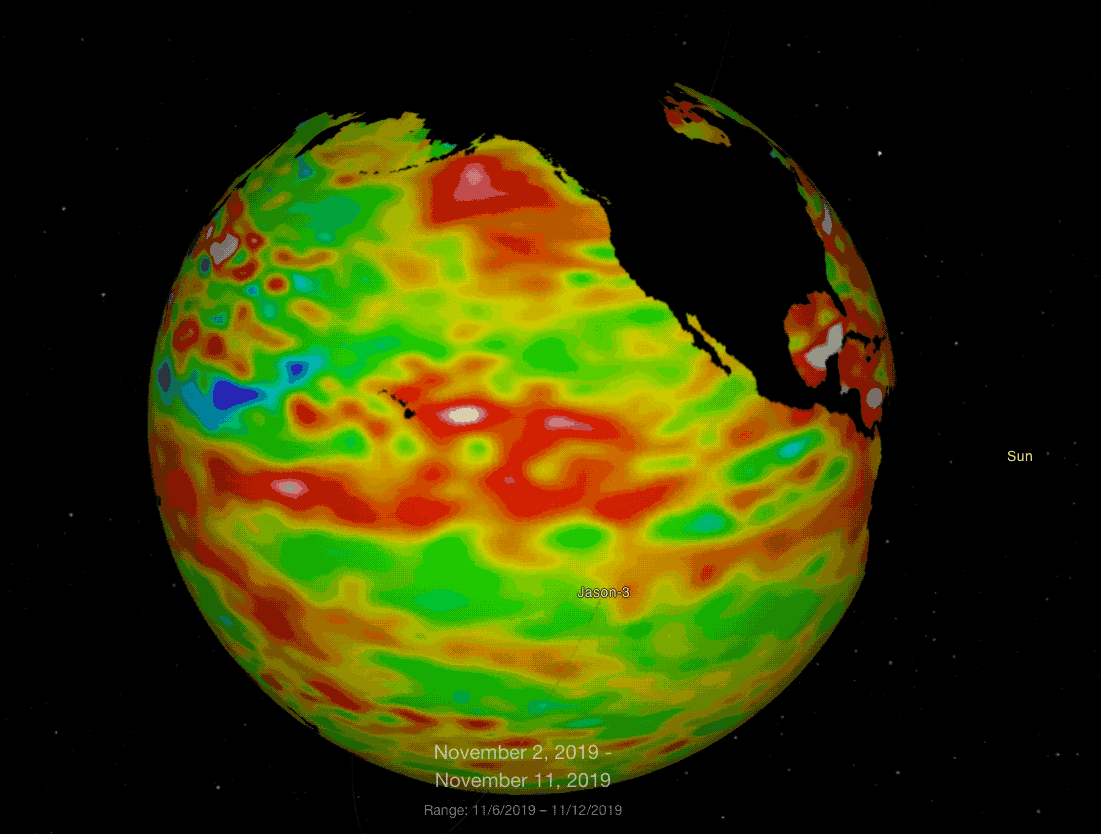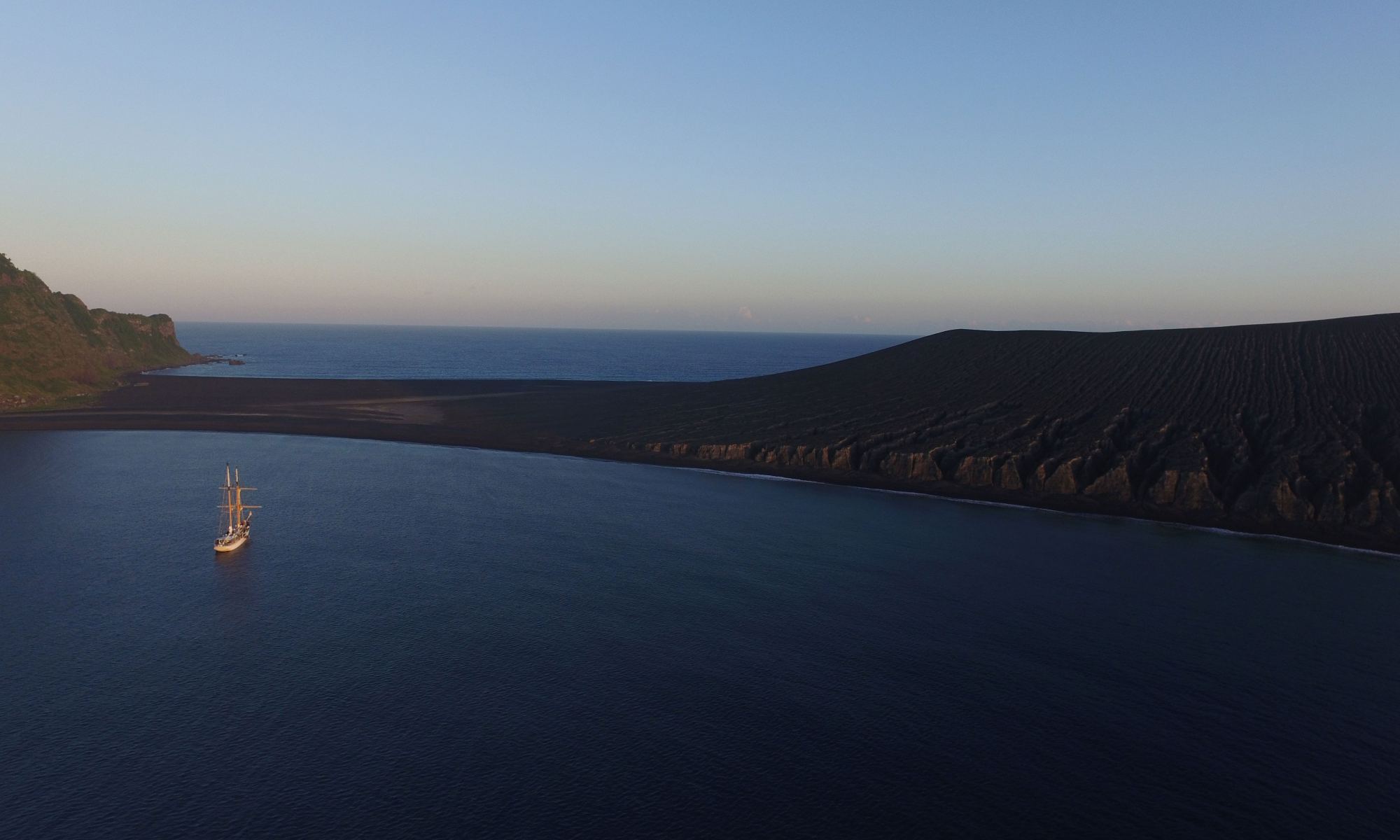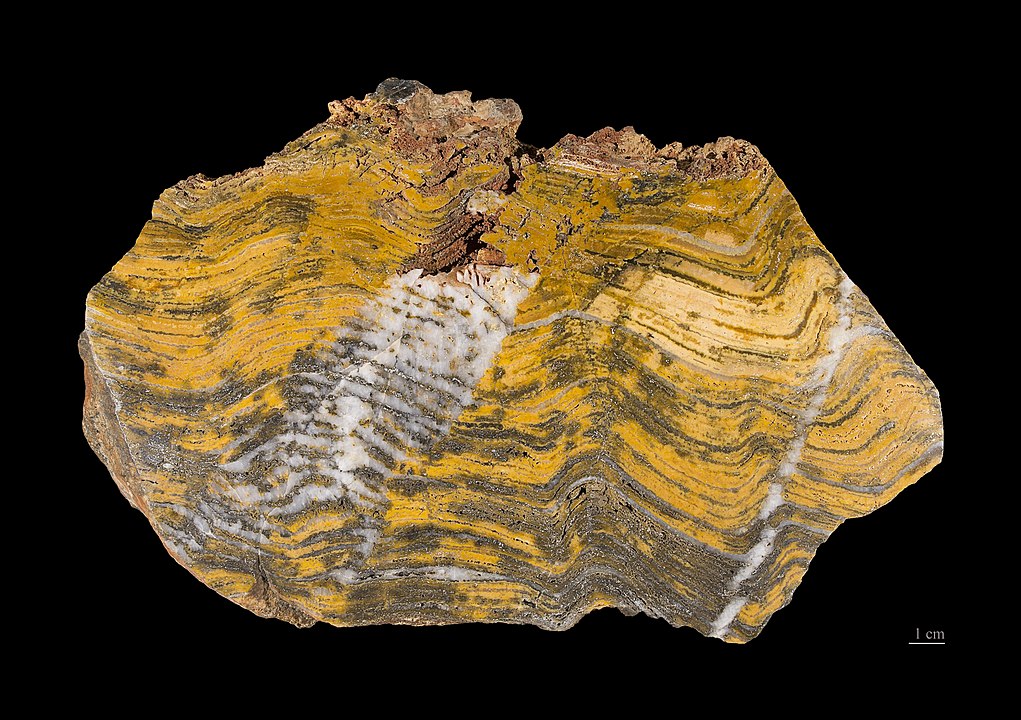The last few years has seen an explosion of exoplanet discoveries. Some of those worlds are in what we deem the “habitable zone,” at least in preliminary observations. But how many of them will have life-supporting, oxygen-rich atmospheres in the same vein as Earth’s?
A new study suggests that breathable atmospheres might not be as rare as we thought on planets as old as Earth.
Continue reading “Science Fiction Might Be Right After All. There Might Be Breathable Atmospheres Across the Universe”
